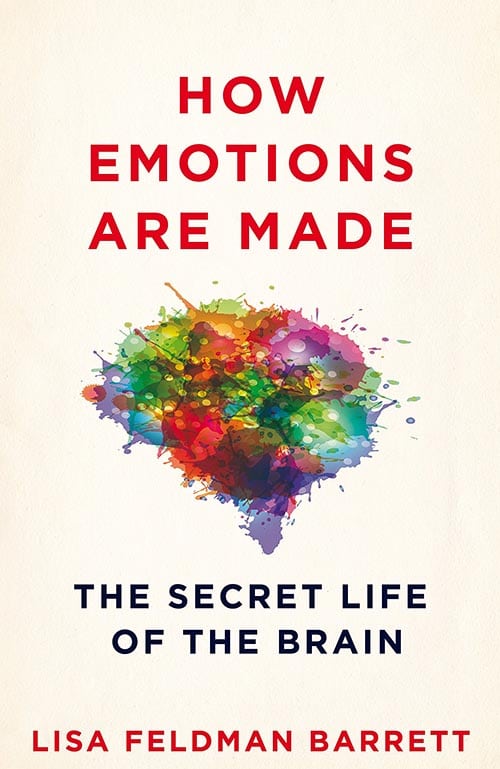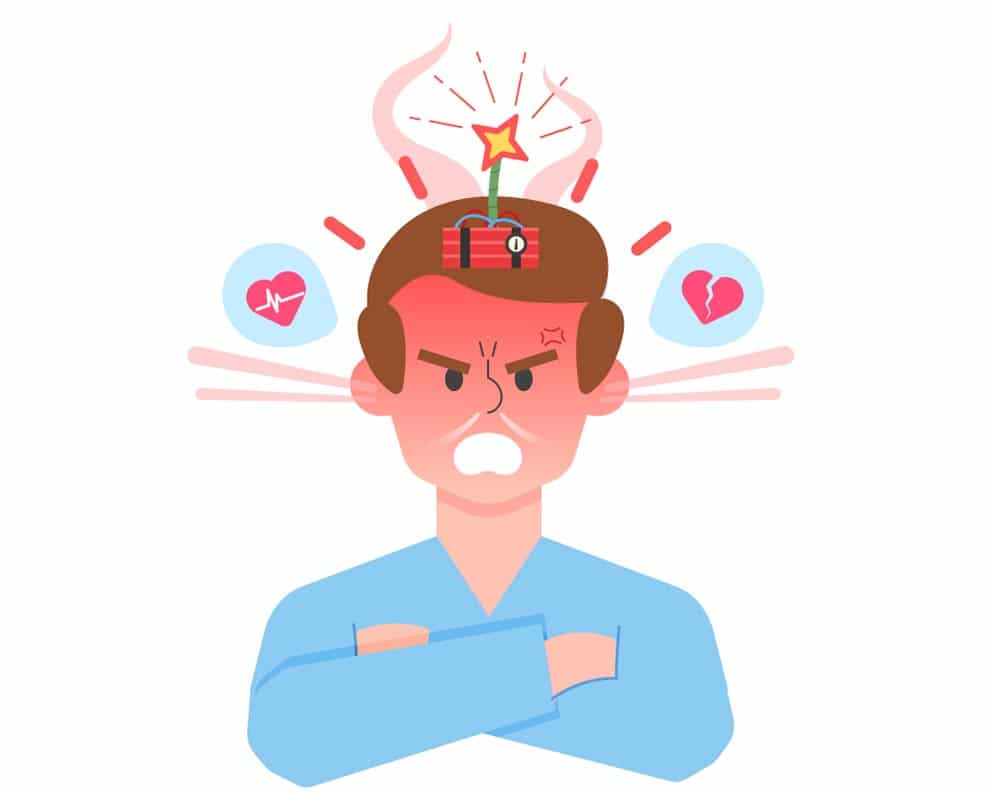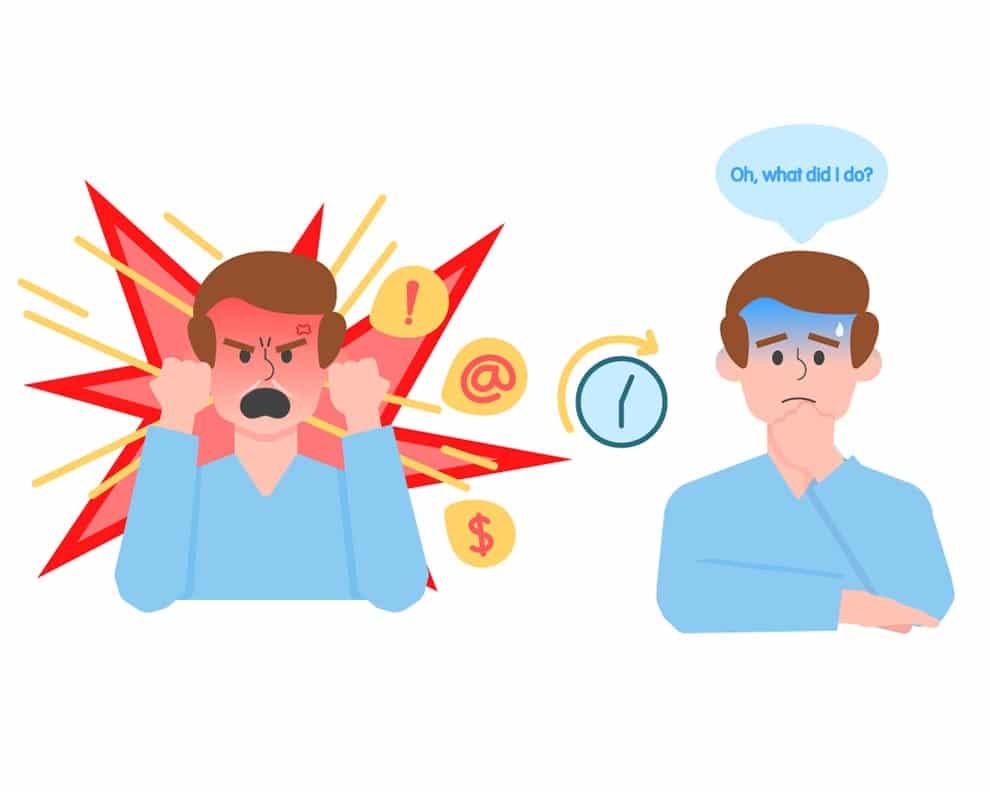The Factory Of Human Emotions
Pixar’s 2015 movie Inside Out, cartoonified human emotions of joy, sadness, fear, anger, and disgust. The movie not only touched the heartstrings of adults and children alike, but it also gave us a deeper insight into how humans perceive emotions. Lisa Feldman Barrett’s How Emotions Are Made (2017) gives a completely different view of how we understand our emotions. She shows how culture influences one’s emotions and how the human brain processes them.
We often think of our emotions as fundamental forces that develop from the very nature of humans – fully formed. We perceive them as distinct sentiments that need to be mastered. Barrett shows that emotions do not merely emerge. They are constructed in the mind and shaped by culture.
The Classical Perception Of Emotions
For more than thousands of years, humans have understood emotions to be reflexes, often influenced by evolution and existing beyond rationality. It is believed that one cannot truly control one’s emotions. Thinkers, philosophers, and even modern-day psychologists such as Aristotle, Darwin, The Buddha, Freud, Descartes, The Dalai Lama, Steven Pinker, Paul Ekman, and many others ratified this classical perception.
This perception of emotions is understood as universal, taught in psychology textbooks the world over, and is even reflected in the manner in which media depicts and discusses them. It is believed that emotions get triggered in different regions of the brain automatically and are hardwired.
The views show that each emotion has an underlying property and some can be ‘universally’ seen all over the world. This connotation of having ‘essence’ is called ‘essentialism’. It stands by the assumption that every person can equally express these emotions and also recognize them within others around them.
Biologically, the view propounds the fact that the brain is pre-wired with certain specific neurons linked to specific emotions, and once triggered, they generate physical responses. These specific characteristics are called fingerprints that help identify emotions. For example, an irritating friend triggers anger neurons, generating a physical response of a scowl on the face. Similarly, the death of a relative triggers sadness neurons generating a response of crying.
New Scientific Evidence
In reality, everyone does not respond in the same way to the same emotions. Nor do they have the same physical reactions to set emotions. These differences challenge the assumptions of the classical views of emotions.
For example, we do not have the same responses for sadness, happiness, anger, awe, etc. There is a whole range of reactions that depend on the situations that trigger them. Moreover, experiments conducted have proved that emotions or any specific emotion aren’t restricted to any one region of the brain. Therefore, new scientific evidence disproves the fingerprint theory too.
Barrett’s team of neurologists at her Interdisciplinary Affective Science Laboratory analyzed brain-imagery between 1990 and 2011. As a patient experienced emotions of happiness, anger, sadness, fear, etc., they computed the probability of increased brain activation by dividing the brain into small, virtual 3D pixel cubes and analyzing the responses within each cube.
Their experiment showed that the brain regions get activated during non-emotional perceptions and thoughts as well. This proved that there are no obligatory, or single responses in the brain regions for emotions, even though the classical view places expressive patterns to emotions in society. For example, just because a person smiles, does not mean that they are happy.
In 2007, the Transportation Security Administration (TSA) developed a method called SPOT (Screening Passengers by Observation Techniques). The technique was used to identify potential suspicious terrorists based on body movements and facial patterns. Given the new scientific evidence, this initiative was a flop, costing the American taxpayer 900 million dollars.

Spontaneous, Concurrent, And Experience-Based Emotions
Barrett believes in the theory of constructed emotions. The theory believes that emotions develop spontaneously, simultaneously, and concurrently in different regions of the brain. This would imply that emotions are not innate, involuntarily triggered, or natural responses, even though it seems counterintuitive.
The theory states that each emotion is influenced by people’s experiences. Sensory inputs, whether visual, auditory, olfactory, or gustatory, pre-dictate responses, which the brain either affirms or alters based on prior experiences along with the sensory inputs to guide actions. According to Barrett, all emotional responses are created in a similar manner.
For example, the emotion anger can generate myriad responses, each having its own neural pattern and generating unique bodily movements and changes. The brain has a selection of mechanisms to determine which situation needs which anger response. For example, in anger, one might scowl in one situation, yell in another, and completely quiet down in a third. Variations in emotional responses are quite normal because it is the context that determines which response gets stimulated out of those myriad responses.
For Barrett, emotions are not innate or fixed but are constructed by humans who are the architects of their own experiences.
The System Of Emotion Is Predictive
The brain runs most of the body functions, especially the involuntary, on ‘autopilot’. Just like a person driving for a long time tends to engage the clutch and shift gears without much thought, the brain smoothly manages the systems that are predictive and ongoing. This ‘autopilot’ system is called interoception.
The brain is constantly processing external and internal sensations, which get repurposed as emotions due to the process of interoception. Thus, interoception is at the base of creating emotions and is predictive.
Interoception has two basic spectrums. Each spectrum covers two Affects. Affects are the aspects of consciousness, whether the brain is using them to create emotions perceptions or thought, or not. The first spectrum manages effects of pleasure and displeasure, whereas, agitation and calmness are managed by the second spectrum.
For example, the calmness that one feels while hearing the waves at the seashore, the pleasant feeling of a summer breeze, or the agitation one feels during a tummy-ache, one experiences affective feelings. However, they are not actually emotions and don’t make one feel happy or sad in themselves.
Babies can perceive affects of pleasure and displeasure from birth. These affects result in wailing, cooing, or crying.
The Interoception System Is Regulatory
During interoception, a number of regions of the brain get activated at the same time to implement it. This interoceptive network contains two components.
- The Body Budgeting System – Using past experiences, this system estimates what the body needs, and controls the body’s internal environment by sending pre-empted messages throughout the body. For example, when one decides to amp up their exercise routine by an hour, it tells the heart to pump faster and instructs the metabolic system to break down more glucose to incorporate the new change.
- The Primary Interoceptive Cortex – The Primary Interoceptive Cortex manages the sensations we feel inside the body, for example, the heartbeat.
Both these systems help the body budget its resources by forming a loop of feedback. It is this budgeting that helps the body regulate resources such as cortisol, glucose, and involuntary actions such as heart rate and breathing.
This system of budgeting also helps stimulate emotions. The body is constantly working. Even while one is working, or merely sitting down and thinking, the budgeting system works in the background. For example, while writing an examination, and the invigilator announces that there are only five more minutes, you panic, the heart starts pounding faster, and you start increasing the speed of writing. These emotions and movements, voluntary and involuntary, are all regulated by interoception’s body budgeting system.
In a scenario, if the body’s budget gets imbalanced, one feels agitation, a response to the body having a lack of resources to function normally in the situation. The brain then starts firing emotions to counter the imbalance. To explain it in terms of effects, when a person is displeased and aroused, one can experience the emotion of fear.
Emotions And The Influence Of Culture
In Tahitian culture, sadness is explained by a word that means, ‘fatigue that is associated with the flu’. In different cultures, sadness would have different meanings and connotations. This shows that people understand concepts, and emotions, based on the connotations they see in their environment. Therefore, one’s culture influences one’s understanding of certain concepts.
For example, people argue about the difference between a cupcake and a muffin. Though both are more-or-less the same, made with similar ingredients, the difference lies in their culturally associated meanings. Cupcakes are desserts, and muffins are eaten at breakfast. Thus the differences are based on the social reality that is defined by social agreement.
The social agreement can be seen all around us in many examples, such as paper money. While the paper has no inherent value, it is via a social agreement that people know and understand that different sized and colored paper denote the difference between one US dollar, 20 Euros, or 100 Indian rupees.
Similarly, emotions ride on cultural conventions too. In ancient Greek and Roman civilizations, there was no word for ‘smiling’. This was because, as opposed to today, smiling wasn’t culturally associated with happiness.


Emotions Are Learnt From Birth, And We Can Learn More
We have already seen how babies have effects that help them emote. However, emotional concepts are explicitly learned as we grow from parents, culture, and society. Therefore, the author says that emotions such as anger, depression, happiness, fear, etc. are not universal.
For example, if a parent asks a crying toddler, “Are you crying because you’re angry that it’s time to sleep?” the parent has inherently linked crying with anger, disappointment, or sadness. This linking continues from one’s childhood, as the brain uses past and new experiences to reshape old concepts and learn new ones.
This learning capacity of the brain helps us to regulate emotion concepts by getting better at distinguishing between them. For example, until recently, there was no word in English that described feeling happiness at someone else’s hardships. There was simply no word to describe it, even though the feeling wasn’t a new one. The German word Schadenfreude was borrowed by the English language to explain the feeling.
Similarly, if a new expression is heard frequently, the brain tries to link it with similar past experiences, enabling one to ‘feel’ it. This amounts to practicing ‘feeling emotions’, making people better at distinguishing them. Hence, as a person invests in creating new experiences, they, in turn, become the base of new emotions of the future.
Conclusion
Emotions are not innate or inborn. They are shaped by culture, society, and the environment that surrounds us. Emotions are constructed and regulated by systems of the brain that enables humans to identify, understand and distinguish emotion concepts, based on the brain’s past experiences through observing and understanding the culture that surrounds us.

Trackbacks/Pingbacks